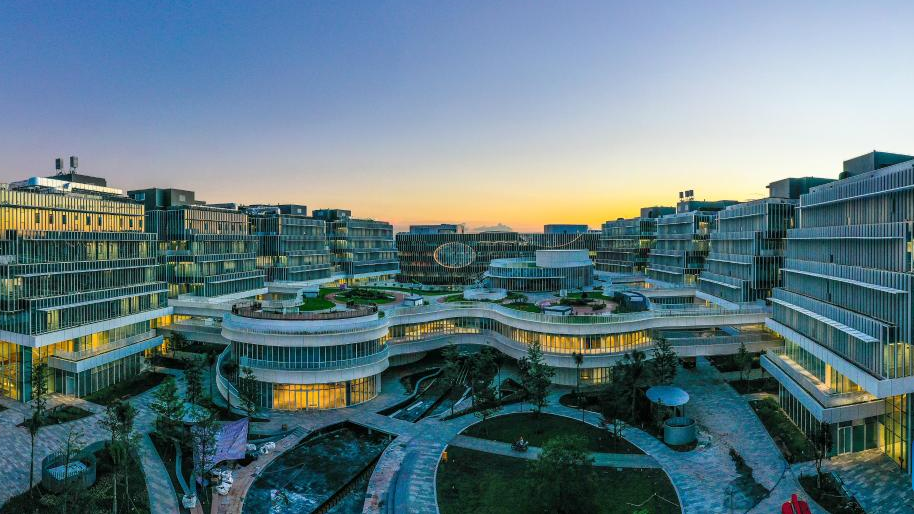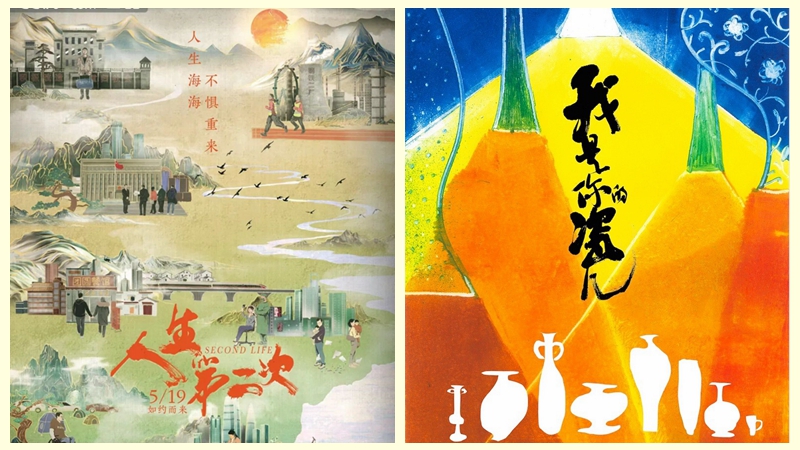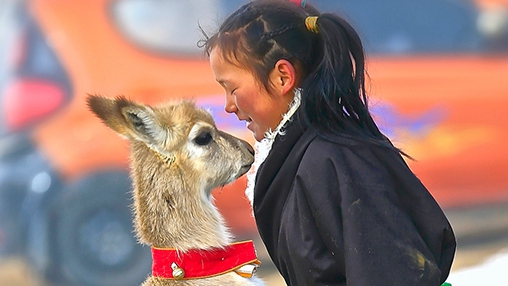Relics exhibition reveals metallurgy mysteries along ancient Silk Road
LANZHOU, Aug. 20 (Xinhua) -- A cultural relics exhibition showcasing the development history of metallurgy along the ancient Silk Road has opened in Dunhuang, a renowned Silk Road city in northwest China's Gansu Province.
The exhibits consist of a total of 254 metal items like bronze rhyton, gold ornaments and the bronze statue of a Gandhara-style temple, as well as gold and silver coins, featuring civilizations in areas from the Mesopotamian plain to the Amu Darya basin in Central Asia, and from the Gandhara region to the East Asian countries.
These cultural relics, some dating back to 4,000 years ago, present the metallurgical techniques of early civilizations, as well as the spreading and blending process of metallurgy along the ancient Silk Road, according to the Dunhuang Academy.
The exhibition, co-organized by the Dunhuang Academy and Japan's Hirayama Ikuo Silk Road Museum, will run until Nov. 18.
Tokot Hirayama, curator of the Hirayama Ikuo Silk Road Museum, said they hope the exhibition can promote cultural communication and cooperation between China and Japan.
The exhibition embodies the cultural exchanges between the two countries, as well as the close people-to-people bond among countries along the Silk Road, said Su Bomin, director of the Dunhuang Academy.
Photos
Related Stories
- Chinese researchers find archaeological evidence of brisk incense trade along Silk Road
- Revival of ancient Silk Road to strengthen regional connectivity: Pakistani envoy
- China-Arab e-commerce trade booms along "online Silk Road"
- Quanzhou sees archaeological breakthroughs on Maritime Silk Roads trade
- 5th China Maritime Silk Road Int'l Brand Exposition held in Shishi, SE China's Fujian
Copyright © 2022 People's Daily Online. All Rights Reserved.









